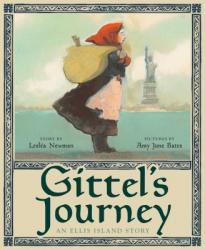
This is the story of Gittel. She is supposed to travel with her mother to America. At the last minute, her mother is unable to board the boat because of health concerns and so Gittel must travel alone. Read the story of tis young Jewish girl and her journey to America for a better life. Will she find mama’s cousin when she reaches America? Will her mother be able to join her in the new country? Read this beautifully illustrated picture book to find out. It’s loosely based on stories handed down in the author’s family.
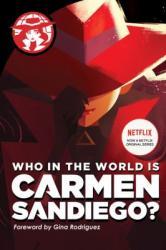
You may be familiar with the series and game, Where in the World is Carmen Sandiego?, but do you understand who she is? This book will give you the background on her. She is always one step ahead of her pursuers. How did she learn her awesome skills? Read this backstory and figure out how she came to
be this infamous and elusive criminal.
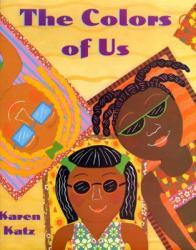
Karen Katz celebrates diversity in The Colors of Us. Seven-year-old Lena thinks that brown skin is brown skin until she takes a walk with her mother. They admire the different shades of skin on the people they see and compare the colors to foods and other natural things. It’s a colorfully illustrated book that helps kids see that we are all both different and the same.
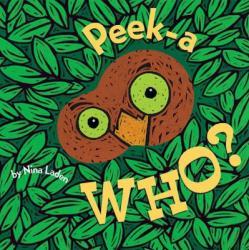
This darling rhyming board book allows readers to guess what’s hiding on the next page. Page designs with cut-outs give clues to what might be there. The simple text and colorful pictures help make this a fun book for little ones.
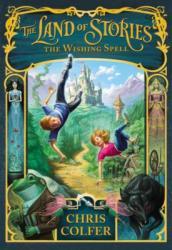
This book was really good. It had a really interesting plot line and was hard to put down! It was very cool and had interesting ideas. However, there is some mild language.

Nautical historical fiction is a rare genre for me to read. The last one I read—and that most people would be able to recognize—was Moby-Dick , and that was probably 15 years ago. Needless to say, I found myself in brief possession of The Far Side of the World and decided to give it a read. Of course, this was mostly because of the movie of the same name released in 2003 that earned many Oscar nominations (only winning in two). While the plot of both is slightly different in a few key areas, I wasn’t disappointed with having read this book.
First, as a historical look into the realms of sailing and whaling at the time, The Far Side of the World does a fantastic job of informing and educating the reader without necessarily resorting to huge exposition dumps. Sure, a few moments were a little obvious that the author was trying to get information across as quickly as possible, but these were rare. Secondly, this book seemed to include an exhaustive amount of problems that you’d encounter when sailing the seas. This meant that each page of each chapter had something the crew was trying to overcome, even if this seemed like a distraction at most times.
While the main thrust and driver of the plot of The Far Side of the World was clear from the start, my one qualm with this book was its inability to transition from one thought to the next. It sure had a steady pace, like a ship cutting through calm waters. Sometimes, though, the different topics would come in a choppy way that made me double back and re-read a page to make sure I didn’t miss some crucial transition (which were rarely there). Perhaps this adds to the realism of the “things happen without expecting them” element of sailing. Far too often, I found myself trying to figure out why this minor sub-plot mattered before it changed to something else entirely.
A thorough and steady-paced nautical historical fiction, I give The Far Side of the World 3.5 stars out of 5.
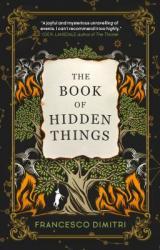
'The Book of Hidden Things' is a fantasy story of 4 friends Tony, Fabio, Art, and Mauro. These friends from a small town Casalfranca in Italy, make a pact to meet every year. When Art doesn't show up this year, Tony, Fabio, and Mauro decide to check what happened to him.
While they search for him, they learn mysterious information about Art, his life, his research, and things become more complicated and confusing. When Mauro gets fired by Art's ex-girlfriend, they all step back thinking about the risk they are taking to find Art. At last, Art shows up, reveals information about his research and forces them to trust him and take an important decision with their lives.
There are no words to explain how good this book is! The narration is very gripping and the mystery lingers till the end of the book and even after finishing the book. Characterization is simply superb. While Art is a unique character, Tony is a wonderful mate, Mauro, a responsible husband and friend who is guilty of leaving behind his favorite hobby of playing guitar and Fabio is a person with his insecurities and money problems.
I could get a glimpse of Southern Italy, the weather, the scenery, and the cuisine as well through this book. The book cover and the name are apt.
If you love mystery and fantasy, you will like this book. But, fantasy and mystery feel very real.

An excellent adult Sci-Fi novel in a future where to join humanity's military, the CDF, you must be 75 years old. Interesting takes on aliens, human interactions with other species, and combat. Be warned, there are sections of this book that go quite in depth about the background of certain story elements and they can seem long winded, but they all contribute to the story at large. Great read and hard to put down once you've found a little traction.
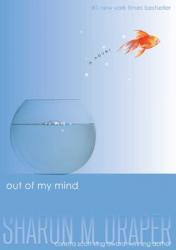
This book is a really good book that I have read many times. It’s about a girl who lives with Cerebral Palsey and finds a new machine to “talk”. This story is about her frustrations and triumphs that only you can see.
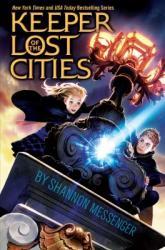
This is a book about a girl who finds out she's an elf. She is brought into the lost cities by Fitz, another elf. Every elf in this world has a special talent: Conjurer, Mesmer, Vanisher, Guster, and the forbidden: Pyrokenetic. Sophie, the girl, finds out that she is a Telepath. She can read minds! And she has to stop the mysterious white fires that are burning in human cities. Could a Pyrokenetic be setting them?
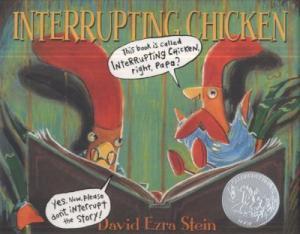
Papa is trying to read little red chicken a story at bedtime, but she keeps interrupting. She can’t help herself! She inserts herself into the story of Hansel & Gretel. She jumps into the story of Little Red Riding Hood. She changes the story of Chicken Little. Will little red chicken ever stop interrupting and go to sleep? Find out when you read this story.
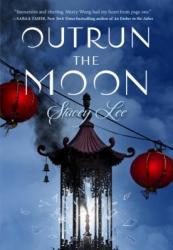
I tore through this book. Mercy is strong and inspirational, but also displays characteristics not normally seen in fictional characters. All of the girls seem ahead of their time and are well-rounded and friendly. Mercy does not have everything handed to her on a silver platter, and she must work for what she wants. This book is realistic, fits the time period, and is very interesting.
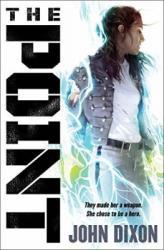
***THIS BOOK WAS RECEIVED FROM THE PUBLISHER***
With the rise in popularity of the superhero genre, it was only a matter of time before it leaked into other genres. While some genres like steampunk (like in The Esper Files ) make for an interesting twist, others like military YA sci-fi are so similar as to be just one other entry in the zeitgeist. The problem with this is that other, more famous handlings of supernatural superpowers bring much more to the table than books like The Point (which doesn’t necessarily add much to either genre on the whole).
As far as I could gather, there are only three or four different “types” of mutants in The Point: telekinetic, pyrokinesis, super strength, and “other” (like dream manipulation and energy storage, the latter of which was reasonably original). I suppose franchises like X-Men and One Piece, which give each of their unique characters unique superpowers and rarely (if ever) repeat themselves, is what ruined this book for me. This only added to the sense of the faceless military machine presented in this book, as few characters stood out to me at all.
Furthermore, I didn’t like the main character at all. Sure, most YA (and this is mature YA at that—an oxymoron, I know) start with a character who needs to undergo growth by the end of the story. However, I don’t need a main character that’s so fully flawed for so long that I end up hating her before she even learns anything. This, added with numerous questions I had that were never answered, plenty of redundant and boring sections, and the fact that I wholeheartedly agreed with the villain meant that I didn’t particularly like this book.
A book that’s likely trying to cash in on superhero and/or YA trends, I give The Point 2.0 stars out of 5.
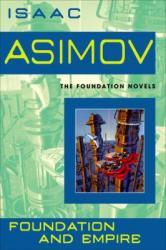
One of my qualms with the start of Isaac Asimov’s Foundation series was how different the stories were from each other. Each was set in the same universe but failed to have much of a cohesive narrative that tied them all together. While Foundation covered five different short stories, its sequel, Foundation and Empire managed to whittle this method of storytelling down to twonovellas. The result was a clear improvement in clarity and focus as each half of this book only covered a single plot each.
In Foundation and Empire, I finally was able to read a story that stuck with me in this series. Up until this point, I probably couldn’t tell you the premise of any of the short stories in Foundation, let alone the plot of the first half of this book. However, once this book transitioned over from topics that were more in line with science into ones that had a more fictional bend, I found the narrative to be much more enjoyable. It’s almost a shame that the whole book wasn’t an exploration of the universe presented in the second half.
Even if it took a book and a half for me to warm up to this series, I could honestly say that “The Mule” piqued my interest and will likely contribute to my continued reading of the Foundation series. This was probably because this particular half of the book introduced a clear antagonist to the story. It’s not that other stories in the series up until now didn’t have antagonists, it’s more that they weren’t an individual villain up until now. Now things are getting interesting!
A natural evolution of Foundation and an improvement on its predecessor, I give Foundation and Empire 3.5 stars out of 5.
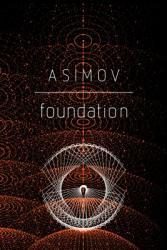
For years, people have asked whether or not I have read the penultimate science fiction series that is Isaac Asimov’s Foundation. Up until now, I could not say that I had. While I knew the series by its name, I hadn’t ever heard any comparisons or even knew what these books were about. This probably should have been my first indication of what to expect. I wasn’t expecting anything other than its notable status as a pillar of classic sci-fi. If anything, the fact each “section” of Foundation is its own short story says volumes about the origin of the genre.
Set within the same universe, Foundation follows five different groups across the timespan of a couple hundred years. Asimov explored a few different concepts and spent most of this book in world-building mode. I’ll applaud his ability to remain fairly consistent across these different stories, but the fact that there isn’t much that ties them together is the main issue I have with this book. Because they’re mostly five separate short stories, there’s not too much “action and consequence” between the different sections. This is what I would expect from a book with a standard three-act structure plot.
Additionally, I think the science fiction stories I tend to enjoy lean more on the “space opera” side than where Foundation lies. The fact that Foundation dives so deep into heady—and often controversial—topics like religion, politics, and economics is probably what lost my interest. Sure, there are some neat applications of technology that drives these topics. However, since it felt more like an academic lecture instead of an entertaining read, I glossed over a lot of the details. Maybe the other books in the series remedy this but for Foundation I just kind of felt “meh” about it.
An OK start to a highly-lauded science fiction series, I give Foundation 3.0 stars out of 5.
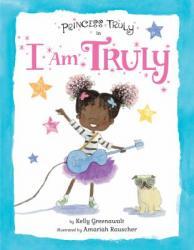
Wonderful book! There are 4 in this series so far. I hope PPLD completes their collection of this series.
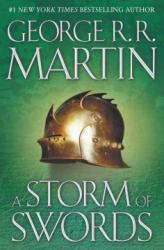
If things hadn’t already turned dark in Westeros, they certainly do in A Storm of Swords. The complicated political situation in the end of A Clash of Kings gets even more complicated as this third book dives into complex armies, weddings, wars, and so much more. George R. R. Martin’s writing may be dense, but I have never encountered a fantastical world as deeply developed as his. A Storm of Swords is jam-packed with intrigue and excitement, and it left me wanting more. I would recommend this book even if you have already seen the show; reading the books adds a whole new dimension to the characters, the plot, and the world.
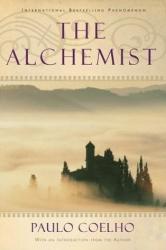
The Alchemist is the story of Santiago, a shepherd boy, who goes on a journey to find treasure he saw in a dream. It is a story of philosophy and self-discovery, and its open-ended style leaves a lot of room for interpretation. That is the beauty of this book; every reader will get something different out of it. I found The Alchemist to be very inspirational and calming, as well as immensely interesting. This quick read is great food for the soul.
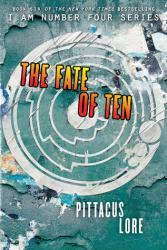
The Mogadorians have invaded. Earth is falling under Setrakus Ra's rule. However, new hope has arisen for the Loric, new Garde have arisen. Now the new Garde must choose whether they will fight with the Loric or if they will fall to the Mogadorians. The epic saga continues with another exciting adventure. Pittacus Lore continues to twist the plot in new and exciting ways that will keep you engaged. I highly recommend this page-turner to any middle or high school aged reader.
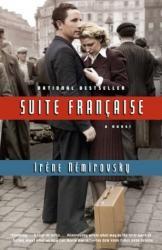
Suite Francaise is an interesting book detailing the experiences of multiple characters and what they face as they evacuate Paris and deal with the German occupation of France. I read this book for school but still found it very interesting. It was a bit slow at first with exposition of characters in almost every chapter. I did enjoy getting to see how different classes reacted to having to leave their homes and what they faced afterwards. Not only does Nemirovsky use multiple characters to show the difference in experience, but also her use of imagery and figurative language add to the essence of struggle. Overall, I enjoyed this book but wouldn't have chosen it myself.



 Ruth Holley Library will be temporarily closed for approximately one week starting Mon., Dec. 2 to complete roof repairs.
Ruth Holley Library will be temporarily closed for approximately one week starting Mon., Dec. 2 to complete roof repairs.